For now, love yourself and enjoy this one ...
What is Lemon Verbena ?
Lemon Verbena, with its lemony scent, is the Rolls Royce among herbs.
It was originally grown in Chile and introduced to Europe by the Spanish in 18 for its fragrance. Rub its rough leaves and you will release its lemon sherbet smell. It is used as a cosmetic ingredient in many L'Occitane products due to its distinctive smell.
Lemon Verbena is not only a pleasant scent, but it also has many health benefits. Its aroma lifts your spirits and makes you salivate. The leaves are also rich in vitamins A, C, and B, and they have antispasmodic, digestive, and antioxidant properties. The infusion of 3-5 leaves or tisane, made last thing at bedtime has soothing properties. However, a prolonged use can cause stomach irritations.
Do you want to know more about herbal teas and infusions? Read Jekka’s top 5 herbs for making them.
Name of Lemon Verbena
Lemon Verbena belongs to the Verbenaceae family, which is also known as the vervain or verbena family. The botanical name of Lemon Verbena is Aloysia Citradora. This stems from the Latin Citradora which means lemon-scented. Aloysia is named after Maria Luisa de Parma, the wife of King Charles IV.
What is the appearance of Lemon Verbena?
Aloysia citradora is a half-hardy deciduous perennial shrub. It sheds its winter leaves and needs protection below 4C. It looks like a dead branch when it sheds its leaves. But appearances are deceptive, so don't dispose of it before the summer ends. Late in spring, new leaves appear.
Lemon Verbena is characterized by clusters of small, white flowers that are tinged lilac during the early summer months. It also has rough, light green, vivid, lance-shaped leaves with high aromatic properties.
It can grow up to 2.5m wide and 1-3m tall, making it a beautiful addition to any border. You can also plant in a container on your balcony or patio.
Want more information? Check out Jekka's Jekkapedia article on Lemon Verbena.
Lemon Verbena (Aloysia citradora)
How to grow Lemon Verbena
Lemon Verbena seeds can be grown in tropical or warm climates. It is not worth it in the UK climate.
Softwood cuttings taken from new growth late in the spring are the fastest and most efficient way to propagate. You can also propagate by semi-hardwood cuts in the late summer or early fall. For the first two years, grow the plants in pots to allow the plant to mature in a frost-free environment.
Looking for more information? Watch the videos on Jekka sowing and cutting to get tips.
Lemon Verbena (Aloysia citradora) in flower
How to care for Lemon Verbena
You should protect Lemon Verbena from frost if you are growing it in the ground. You can achieve this by planting it near a house or fence so that it will receive extra heat. Mulch the area surrounding the roots.
Choose a container that is one size larger than the original. Mix equal parts of sharp horticultural soil with a soil-based compost that is free from peat. Water the plants well during the growing season, and use liquid fertilisers when they are in bloom. Jekka suggests feeding your herbs an organic liquid seaweed like Maxcrop. Lemon Verbena loves to be pot bound so when re-potting, only increase the pot size by one.
Trim your Lemon Verbena to just above the leaf node. Go as low as possible. This is best done in the late spring after any threat of frost has past and when you can see leaf buds starting to grow. The leaves are falling in the autumn, and it is best to avoid pruning during this time. Cold and wet weather can enter the plant and cause damage or death. When you are ready to prune Lemon Verbena, or any other herb, be sure that your tools are sharp and clean.
Do you want to learn more? Check out Jekka’s video on how to prune herbs.
How to cook Lemon Verbena with
Lemon Verbena can be used to make drinks, jams and jellies, ice-cream and cakes. Infusing lemon flavor into cream and milk can produce custards and ice cream.
Here is Jekka’s Lemon Verbena Syrup recipe. It is a perfect summer cordial and can be used to make a refreshing drink using fizzy water, or it can also be added to cocktail.
Jekka's Lemon Verbena syrup
Ingredients
- Water 150ml
- White sugar 150g
- Spring Lemon Verbena, 5-6 cm
Steps:
- Pour the sugar and water into a small pan.
- Place the pan over a low flame and continue to stir until the sugar dissolves.
- Bring to a simmering point to create a syrup
- Add the Lemon Verbena Spring to the syrup and remove from heat. Stir well.
- Cover the pan and let it steep for 3 hours. Check the flavor. I like a strong taste, so I let the Lemon Verbena Syrup steep overnight.
- Remove the spring from the syrup and pour it into a sterile bottle. Label the bottle and store. The syrup can be stored in the refrigerator for up to 6 weeks
If you like the sound of this recipe, and herb-based cooking, check out our master classes as well as other herbal-based recipes .
Lemon Verbena (Aloysia citradora) cordial
Do you want to know more about?
This blog is a continuation of Jekka's Herbs of the Month blogs from January, Rosemary in February, Salad Burnet in March (April), French Tarragon in April (April), Angelica May (May), Alliums June (July), Lavender July (August), Mint September (September), Szechuan Pepper October (November), Thyme November (December) and Curry Tree December (December).
Jekka’s blog, videos and Jekka’s book ‘A Pocketful of Herbs’ or Jekka’s Complete Herb Book’ are all great resources for learning more about herbs. You can also browse Jekkapedia to find herb-based recipes and explore Jekkapedia.
Visit the herb farm at South Gloucestershire during one of our open days, master classes, or herbal experiences. (See our event calendar for more information).
Check out Jekka’s 'Jekka’s Seasonal Tips' for advice on how to grow and maintain herbs. This includes what to do with your herb garden during early spring, later spring, summer, and autumn and winter. Together, they are the foundation of Jekka’s guide on how to grow herbs.
You can order herb plants and arrange a collection at our herb farm located in South Gloucestershire, or you can attend one of our open days (see our event calendar). You can check our'Look Good List'to see what's available. Use our Webform, or send us an email ([email protected]) with your list. There is no longer a mail order service available for our plants. However, we offer a limited number of Jekka’s Culinary Herb Boxes.
By: Alistair McVicarTitle: All about Herbs: Lemon Verbena (Aloysia citradora)
Sourced From: www.jekkas.com/blogs/jekkas-blog/all-about-herbs-lemon-verbena-aloysia-citradora
Published Date: Fri, 29 Jul 2022 12:29:05 +0000
Frequently Asked Questions
What herb heals all wounds?
The answer to this question varies depending on the type and severity of the wound.
The herb comfrey (also known as knitbone) has long been used for its healing properties, particularly for skin injuries such as cuts and bruises.
Studies suggest that comfrey contains allantoin, which helps speed up healing. Other herbs commonly used for healing wounds include calendula, plantain, and yarrow. These herbs help to reduce inflammation, stop bleeding and speed up the skin's healing process.
In addition to herbs, honey has also been found to have powerful antimicrobial properties that can help prevent wound infection.
Herbs for wound care is an age-old practice that continues to be used today. However, herbs should not replace medical treatment, and always consult your doctor before using herbs for healing. With the right herbs, you can give your body the support it needs to heal naturally.
Is it okay to use dried herbs instead of fresh ones?
It is best to pick up fresh herbs whenever possible when using herbs.
Although dried herbs are convenient, they don’t provide the same benefits as fresh herbs.
Fresh herbs contain essential oils that give your food a unique flavor. These oils help preserve the nutrients within the herb.
Dried herbs lose all their flavor after drying, so they cannot replace fresh herbs.
You should only use dried herbs if you absolutely must. Otherwise, you should get your fresh herbs from the market.
What is the difference between basil and oregano?
Both of these herbs belong to the Lamiaceae family. They share similar flavors, but the differences are obvious.
Oregano is more pungent than basil. It also adds an extra layer of flavor to foods.
Basil leaves are smaller than oregano leaves. They are also softer and less aromatic.
The two herbs are often used interchangeably. Although they are quite similar, each has its distinctive qualities.
What herb is best for healing?
Herbs are a fantastic way to help heal our bodies. Herbal medicine has been used since ancient times and continues to grow today. There are thousands of herbs known to cure various ailments.
Some herbs are excellent for treating colds and flu, while others can treat anxiety, depression, arthritis, cancer, diabetes, heart disease, and more.
There are also herbal remedies for skin care, hair loss, weight loss, sexual health, energy, sleep, digestion, and much more.
The list goes on and on. But one herb stands above them all regarding its ability to heal. That herb is called aloe vera.
Aloe Vera is considered to be the world's most powerful healer. For centuries it has helped people heal themselves naturally without any side effects.
It's incredible how well aloe vera works. It's even better than prescription drugs and surgery.
In addition to its natural healing properties, aloe vera is highly versatile and can be used in almost any area of life, including food, beauty products, and household cleaning supplies.
You may not realize this, but aloe vera contains hundreds of active compounds, which include vitamins A, C, E, B1, B2, B3, B6, folic acid, calcium, magnesium, iron, zinc, copper, sulfur, manganese, phosphorus, potassium, sodium, chloride, fluoride, iodine, selenium and more.
These nutrients are essential for human body functions such as cell growth, metabolism, immune system support, healthy bones and teeth, healthy blood pressure levels, healthy eyesight, healthy cardiovascular systems, healthy digestive systems, healthy lungs, healthy nervous system, healthy reproductive organs, healthy skin, and healthy libido.
Statistics
- For those with high cholesterol, garlic supplementation appears to reduce total and/or LDL cholesterol by about 10-15% (72Trusted Source73Trusted (healthline.com)
- The global herbs market is expected to reach more than $125 billion by the end of 2025.
External Links
[TAG30]
[TAG32]
[TAG34]
- Ashwagandha | Memorial Sloan Kettering Cancer Center
- Grape Seed | Memorial Sloan Kettering Cancer Center
[TAG37]
How To
How To Upcycle Herbs After Making Infusions, Oils, Tinctures, And More?
There are more ways to use herbs than you might realize. This is why it's essential to keep an open mind when learning how to make herbal infusions, oils, tinctures, and more.
You'll find that there are many methods for making these products, and even though they may seem similar, each method has its benefits.
For example, some methods include creating decoctions, boiling water or alcohol with the herb(s), and letting them simmer for a while. These infusions are solid and potent because they contain higher concentrations of active compounds.
Another type of infusion includes macerating the herb(s), which means soaking them in liquid for a few hours or even overnight. Macerations tend to produce milder results because the plant material isn't boiled.
Some cold-infused forms involve steeping herbs in cool liquids such as ice cubes or cold water. Cold infusions are gentler than hot ones, often used to treat minor ailments.
Herbal oil extraction involves heating the herb(s) to release the essential oils. You can either do this yourself or have someone help you out with it.
Finally, there are tinctures made by mixing herbs with alcohol. They're usually taken orally and are very effective for treating coughs, colds, and flu symptoms.
The best way to learn how to create infused products is to experiment with various techniques. Each technique offers a different potency and effectiveness, depending on the herb(s) you choose.
Once you've tried a few different methods, you'll begin to develop your preferences. In time, you'll be able to determine which techniques work well for you and which aren't worth pursuing.
Resources:
 |
[TAG39]In this video we are starting out seedlings for our winter growing in the Tower Garden and we're taking you along for the journey! We'll show you just how easy |
 |
[TAG40]Hope you enjoyed this video and thank you for your support. Don’t forget to like, share and subscribe. PLEASE FOLLOW ME IN FACEBOOK https://www.facebook |
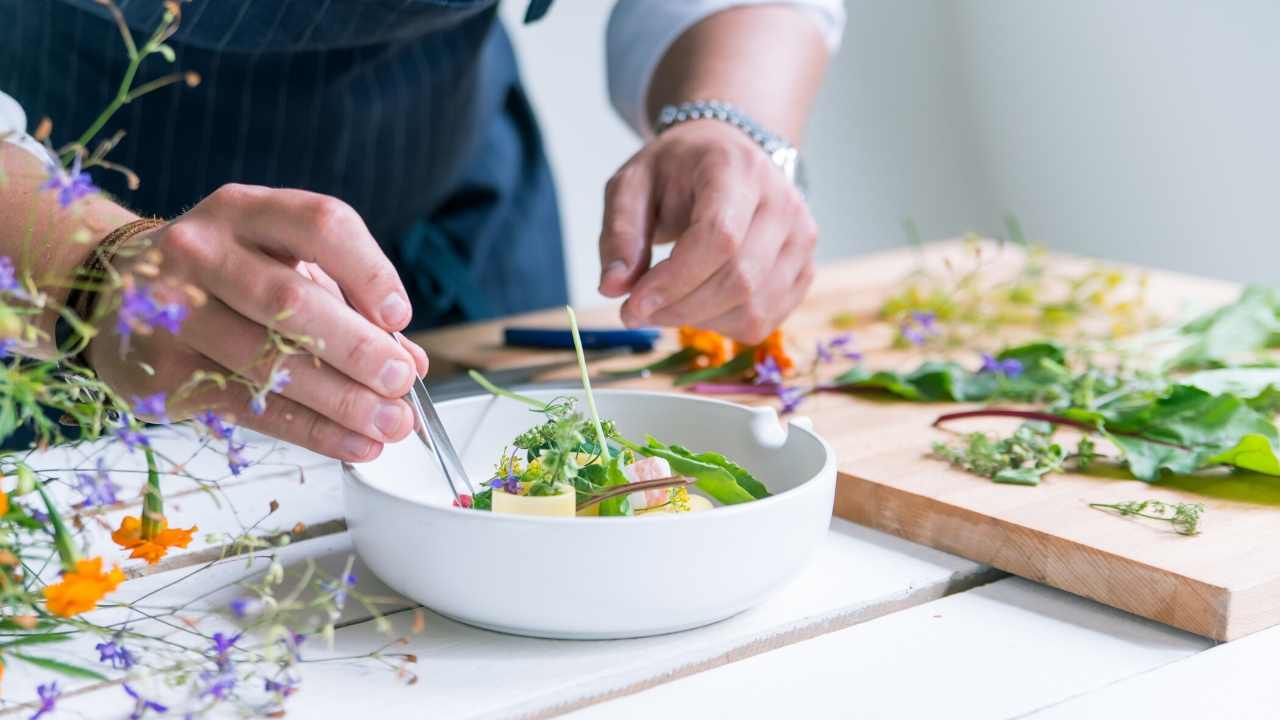 |
[TAG41]Who was the Marble Looking Man? Paul Sinclair shares his accounts of unusual and strange happenings in an around East and North Yorkshire. We now have |
 |
[TAG42]COFFEE MOANING the PODCAST ON APPLE PODCASTS: https://podcasts.apple.com/gb/podcast/coffee-moaning/id1689250679 ON SPOTIFY: |
 |
[TAG43]Are you eating healthy bread? If so, this video is a must-watch before you take another bite of those seemingly innocent slices. Bread might be a staple, but |
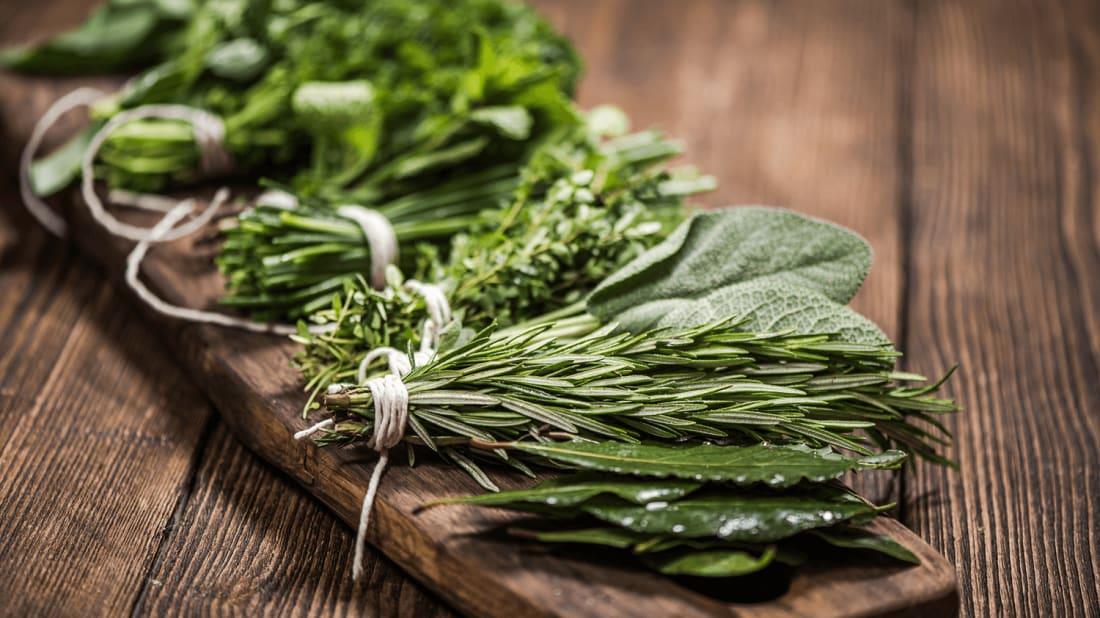 |
[TAG44]Learn herbs from respected professional herbalists offering world-class herbalist training. The NEW Professional Herbalist Course includes courses on over 600 |
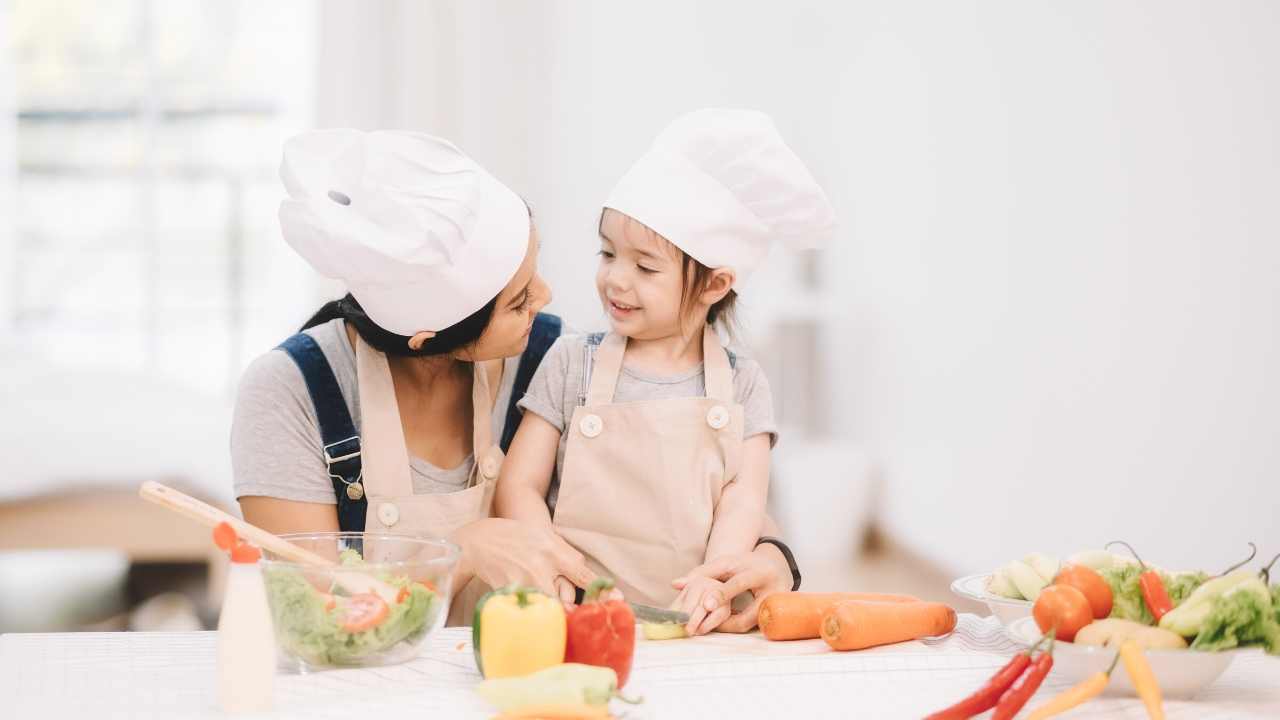 |
[TAG45]Patrick Bet-David, Adam Sosnick, Tom Ellsworth and Vincent Oshana discuss Bill Maher's appearance on Roseanne Barr's podcast where he denies knowing MK Ultra, |
 |
[TAG46]Use Code THOMAS25 for 25% off Your First Order from SEED: https://www.seed.com/thomasyt Obesity Pandemic - Willpower vs Genes vs Environment This video |
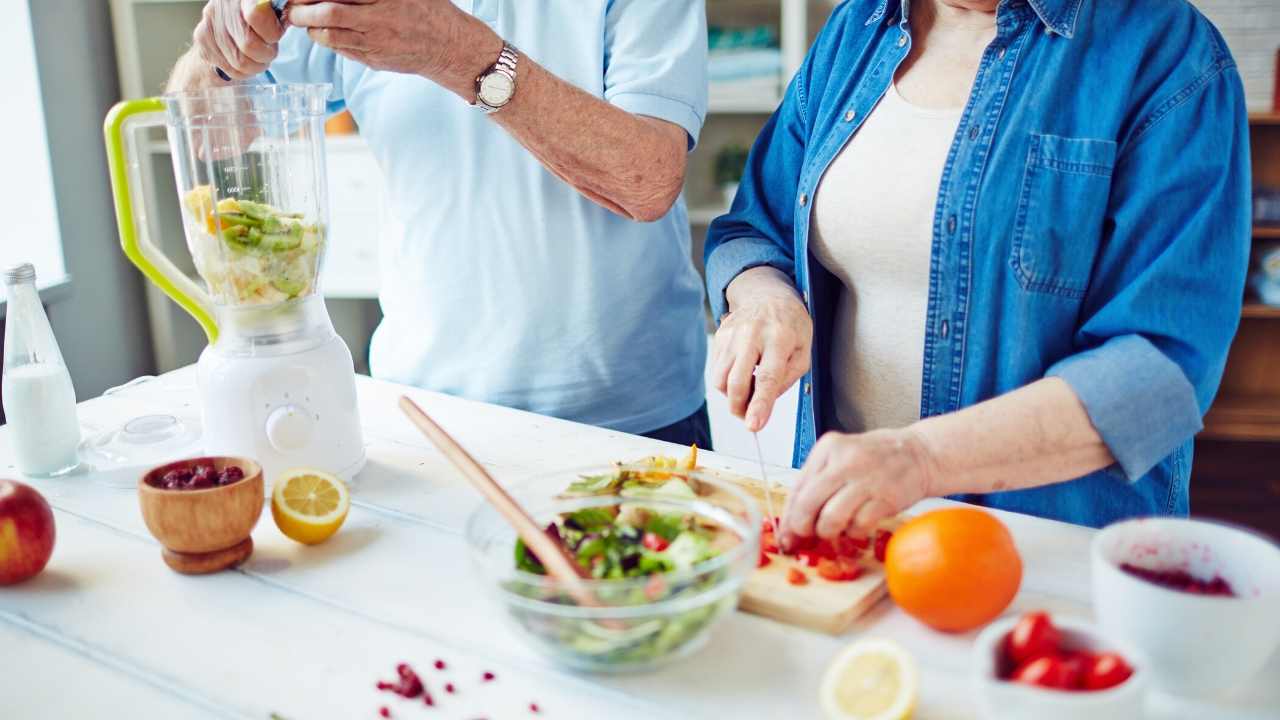 |
[TAG47]Harvesting self-grown vegetables - bursting with emotions when the old lady handed over the red book Thank you for watching my video. Wishing you good health, |
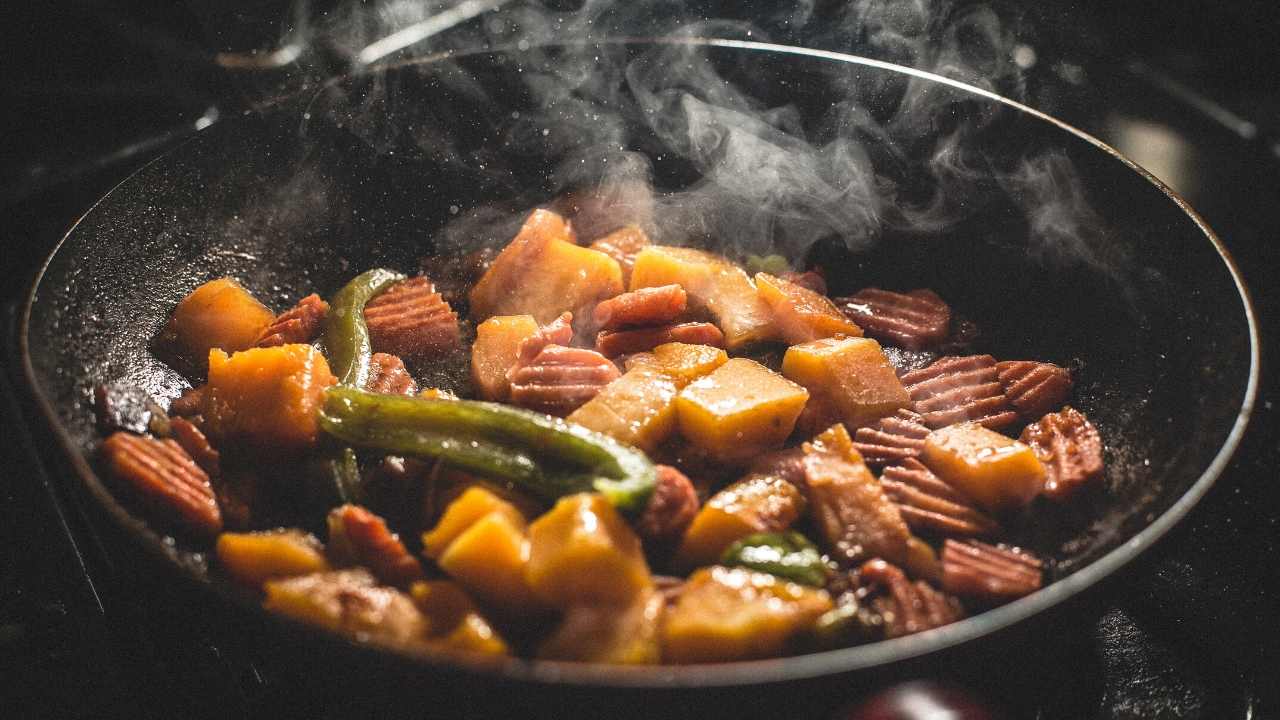 |
[TAG48]In This Video I'm Gonna Show You How To Find And Farm All 7 Herbs In Terraria! Enjoy ! :) #terraria #guide #tutorial |
 |
[TAG49]Former President Trump in recent remarks is now working to portray President Biden as a threat to democracy, saying Biden 'is the destroyer of American |
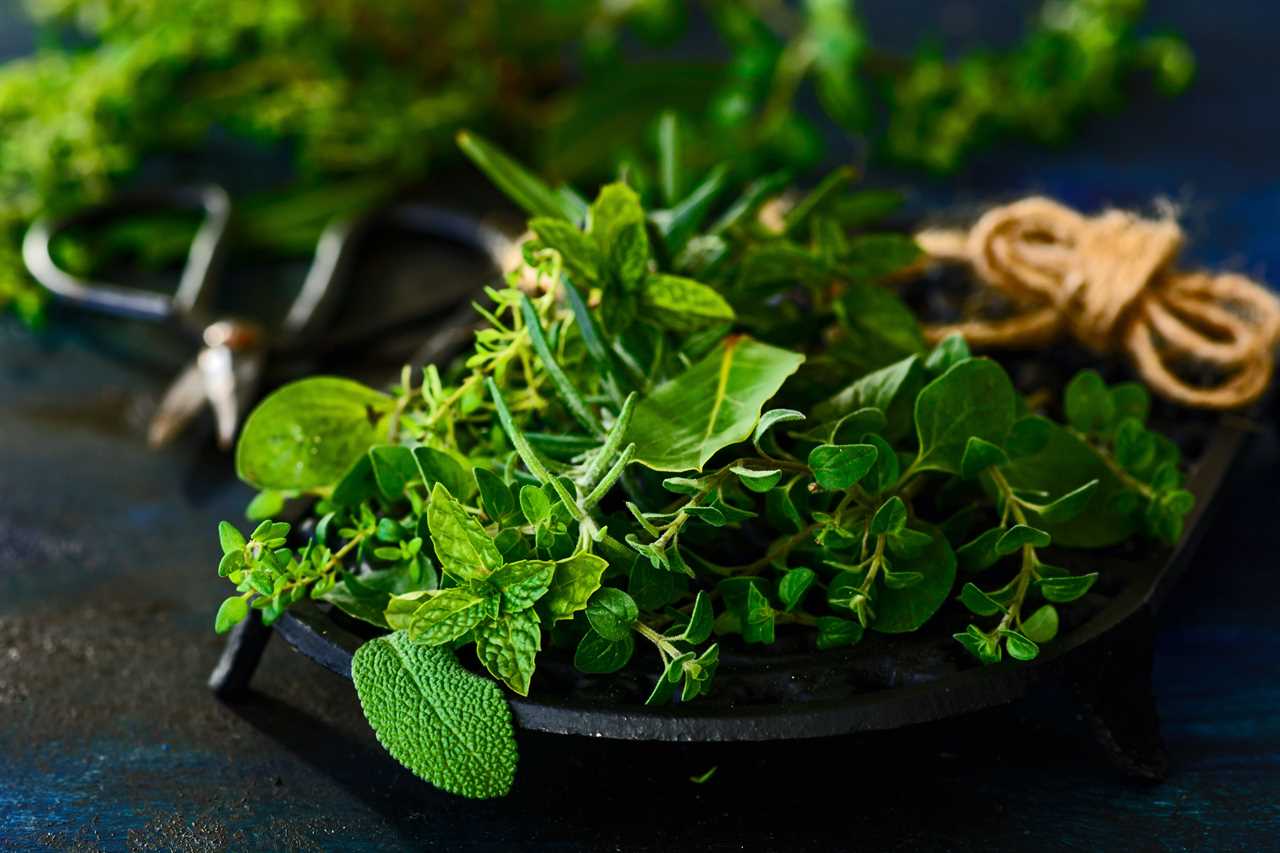 |
[TAG50]Find out more about herbs and how to use them |
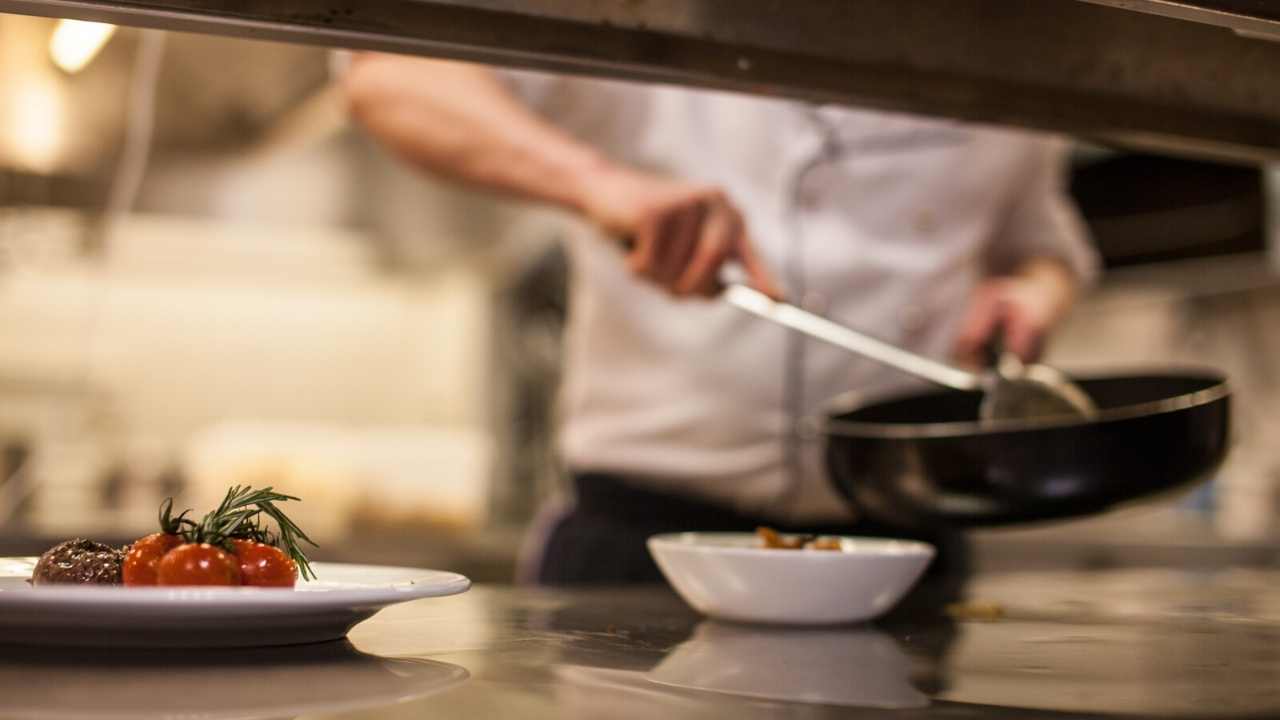 |
[TAG51]Read about our list of the best citrus bergamot supplements and how they may help to reduce cholesterol levels, balance blood sugar levels, and more. |
 |
[TAG52]SPONSORED CONTENT When it comes to finding the best herb suppliers, there are many different places you can shop. However, ... Read more |
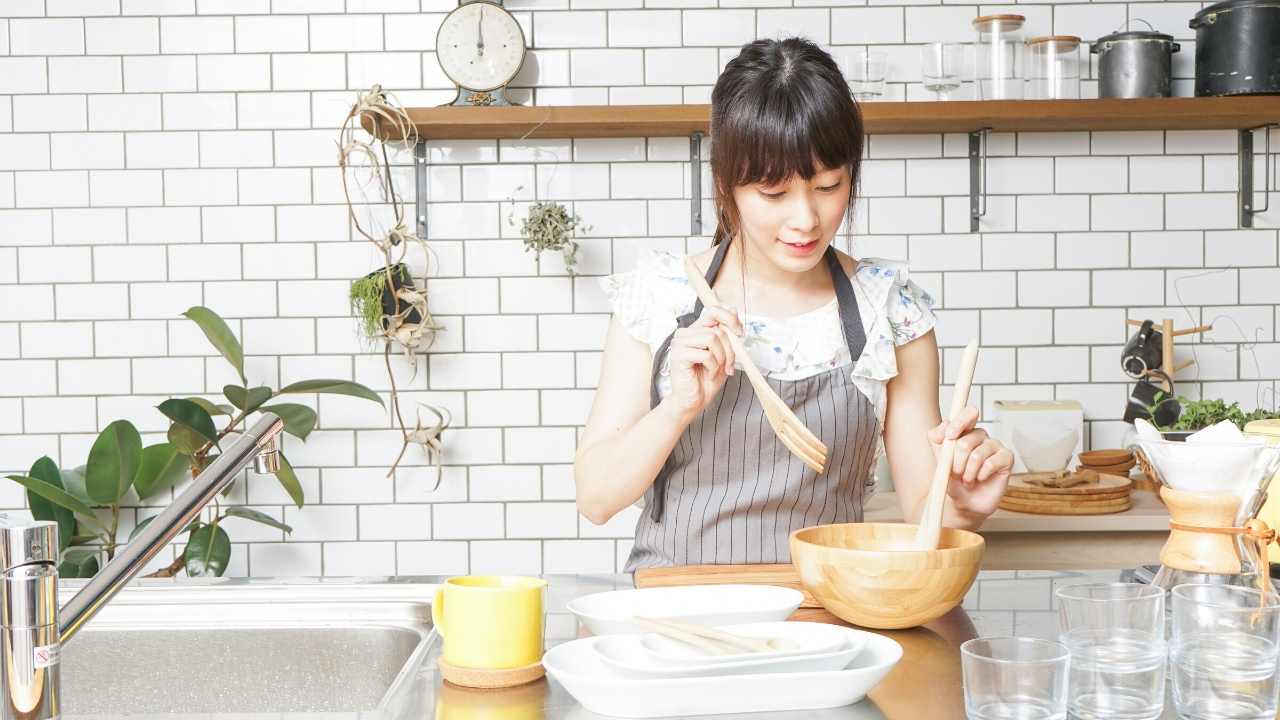 |
[TAG53]Black seed oil is a popular herbal supplement used to improve blood sugar, support heart health, reduce inflammation, enhance brain ... Read more |
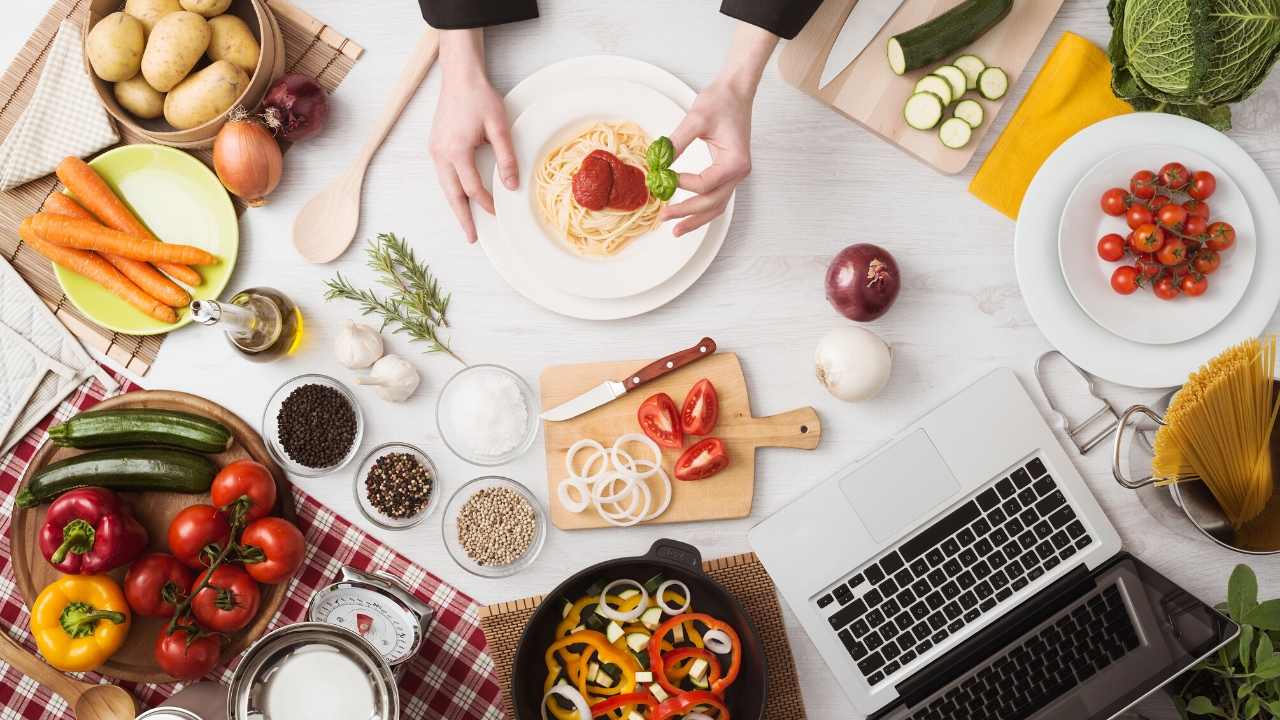 |
[TAG54]Join me in this new episode as I’m sharing five medicinal benefits of hops, as well as an interesting way for you to work with hops in a hops oil recipe. |
 |
[TAG55]In this episode, I’m sharing five steps to take so that when you do commit to a particular course of study, you’ll know you’ve chosen the very best one for YOU. |
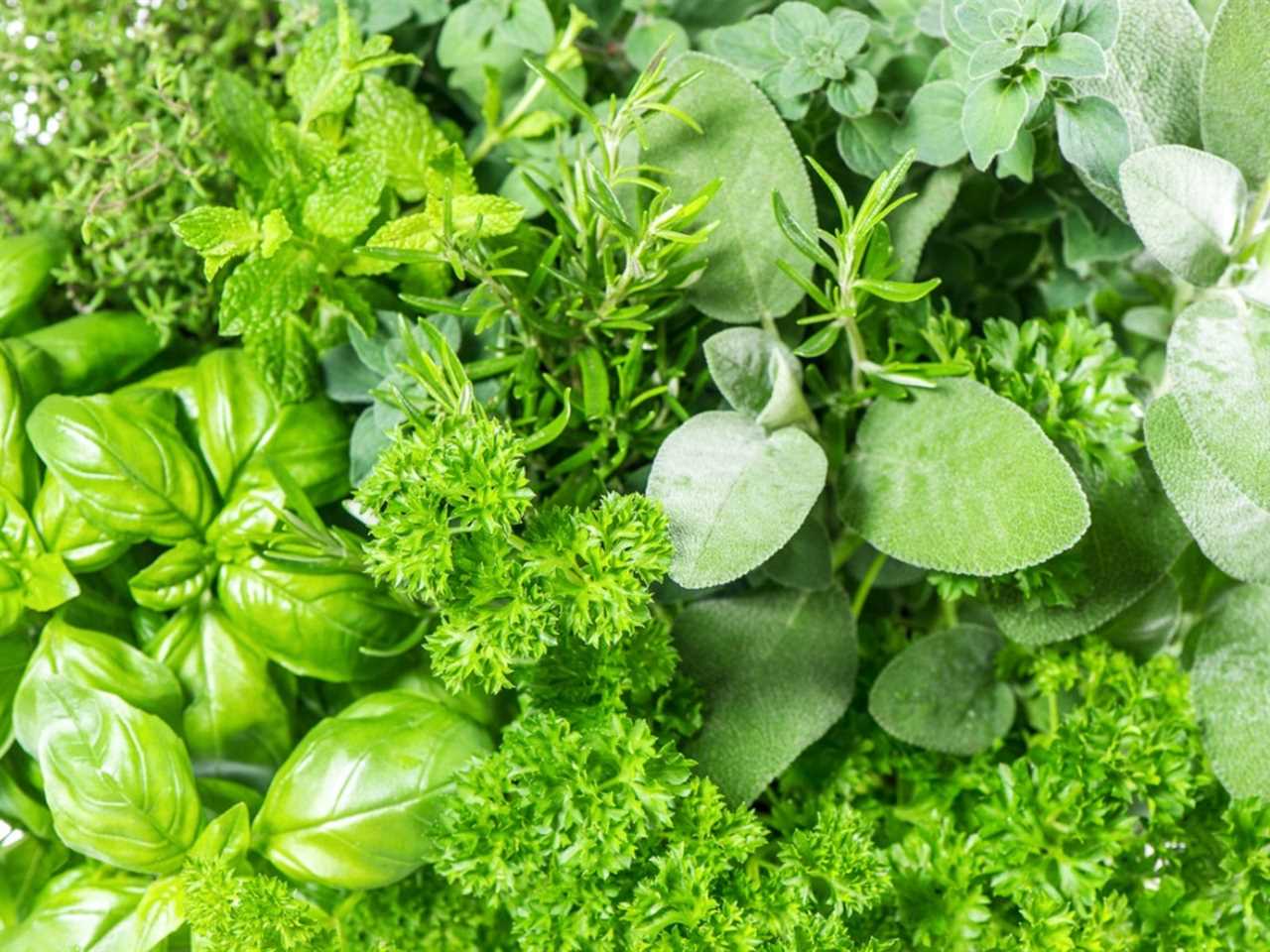 |
[TAG56]Like life, tea is what you make of it and The Cup of Life helps individuals enjoy tea in more than one way. Join me on my tea adventures through my blog! |
 |
[TAG57]Weight loss can be a great way to manage your overall health, especially if you want to reduce your risk ... Read more |
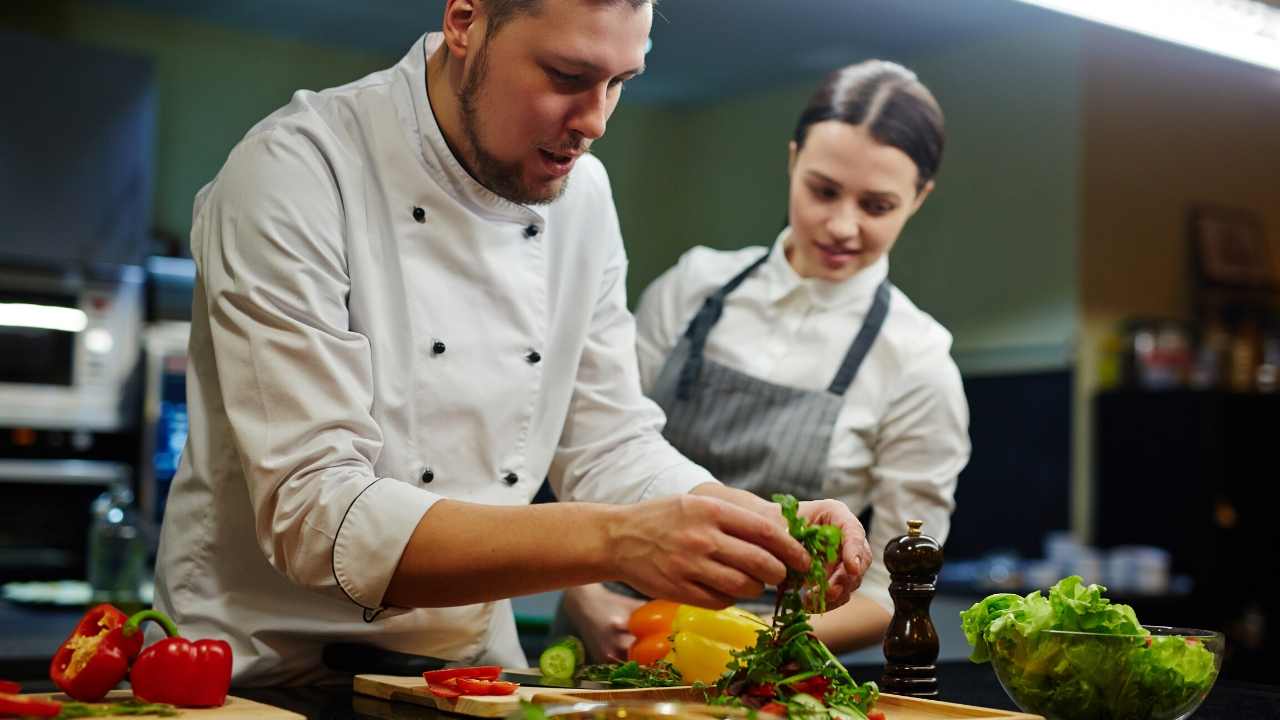 |
[TAG58]Have you ever wondered how to become an herbalist? Herbalism is the art and science of using herbs for health. ... Read more |
 |
[TAG59]In this episode, you’ll learn all about holy basil benefits for your heart, immune system, brain health and so much more. And don't miss my new ebook! |
 |
[TAG60]The gifts of bee balm include promoting digestion, helping you recover from colds and the flu, fighting fungal and yeast infections… and many more! |
 |
[TAG61]Find out how to make a marshmallow root tea recipe for the best marshmallow root benefits and experience one of our most healing and soothing medicinal herbs! |
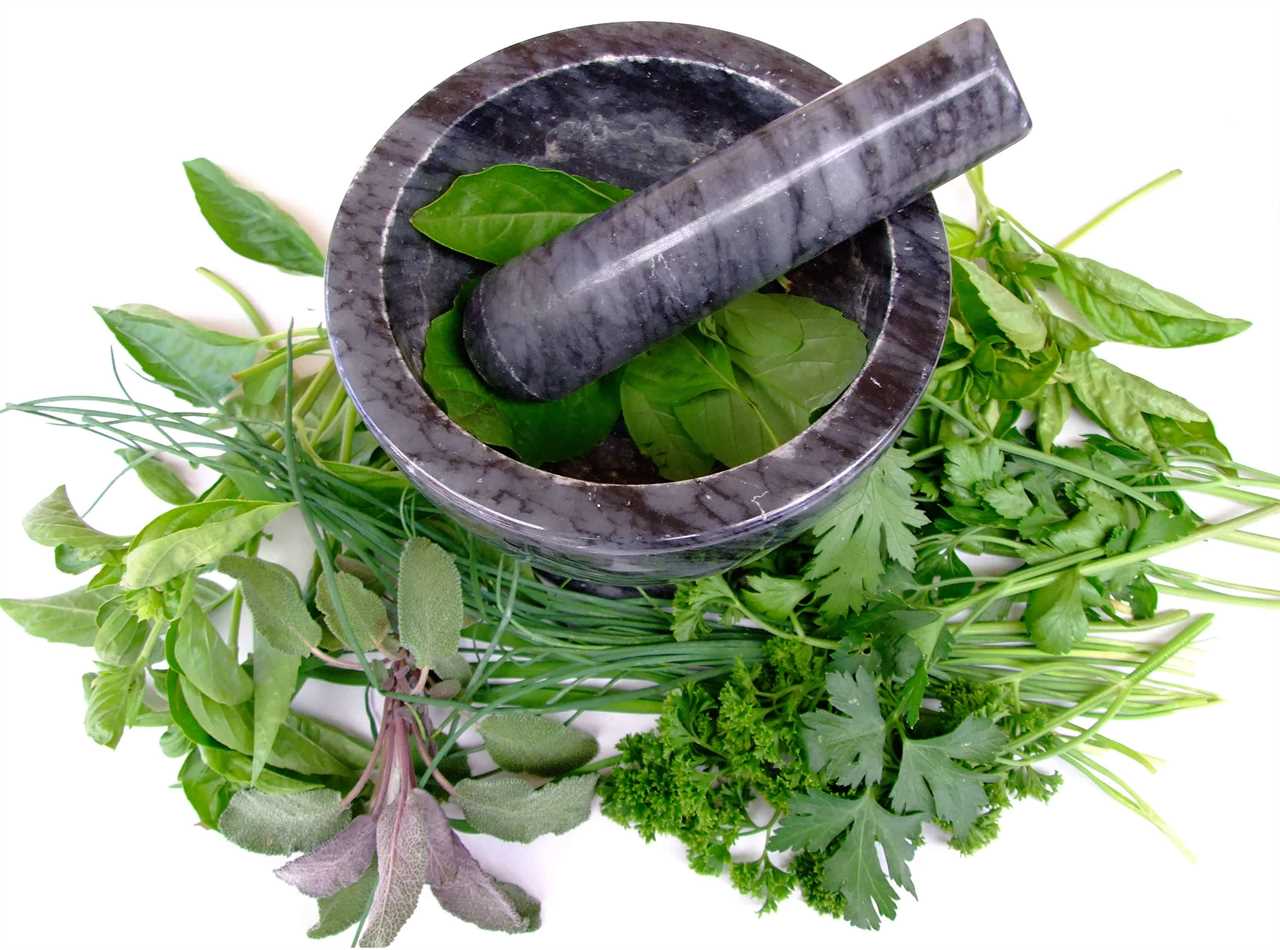 |
[TAG62]A tea assessment platform that rates teas based on objective quality markers and a sensory evaluation resulting in a list of the best teas produced each year. |
.png)





